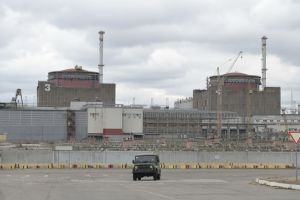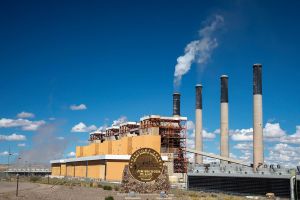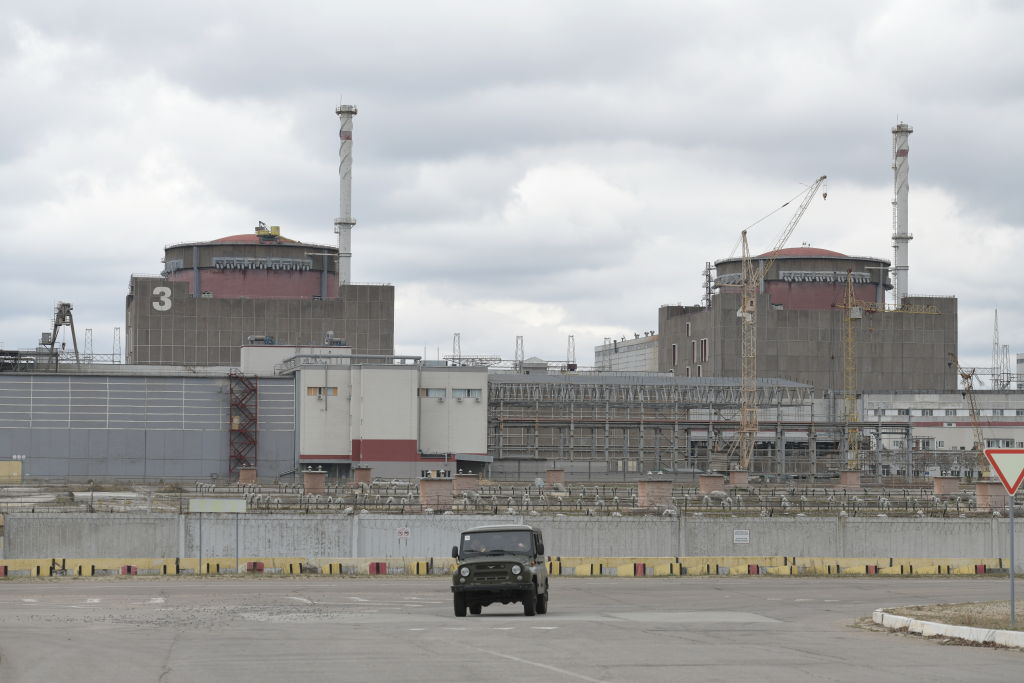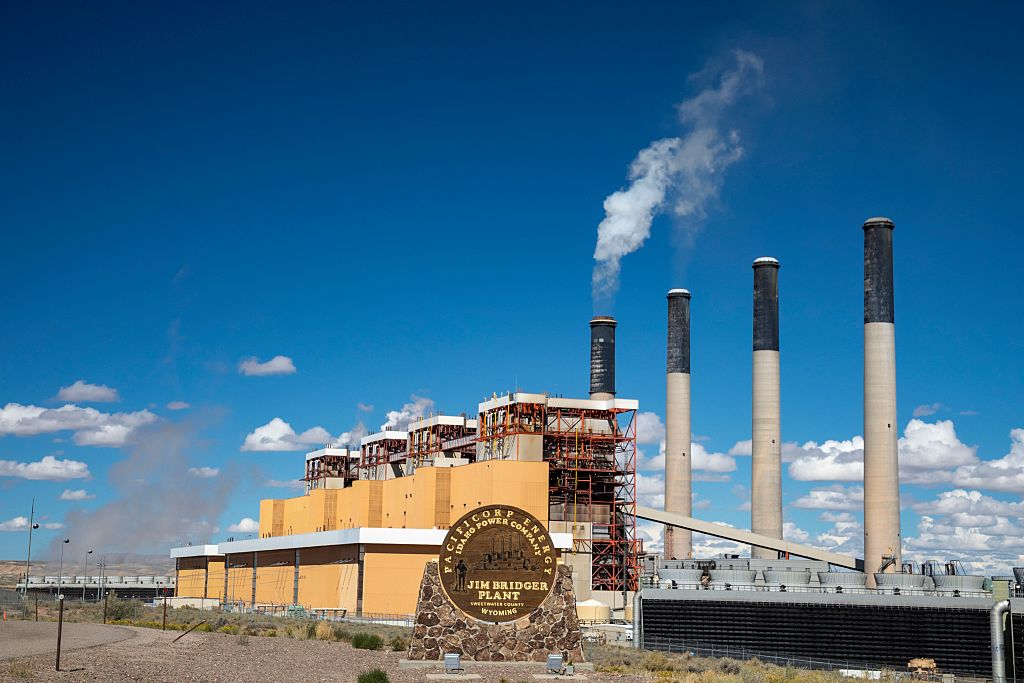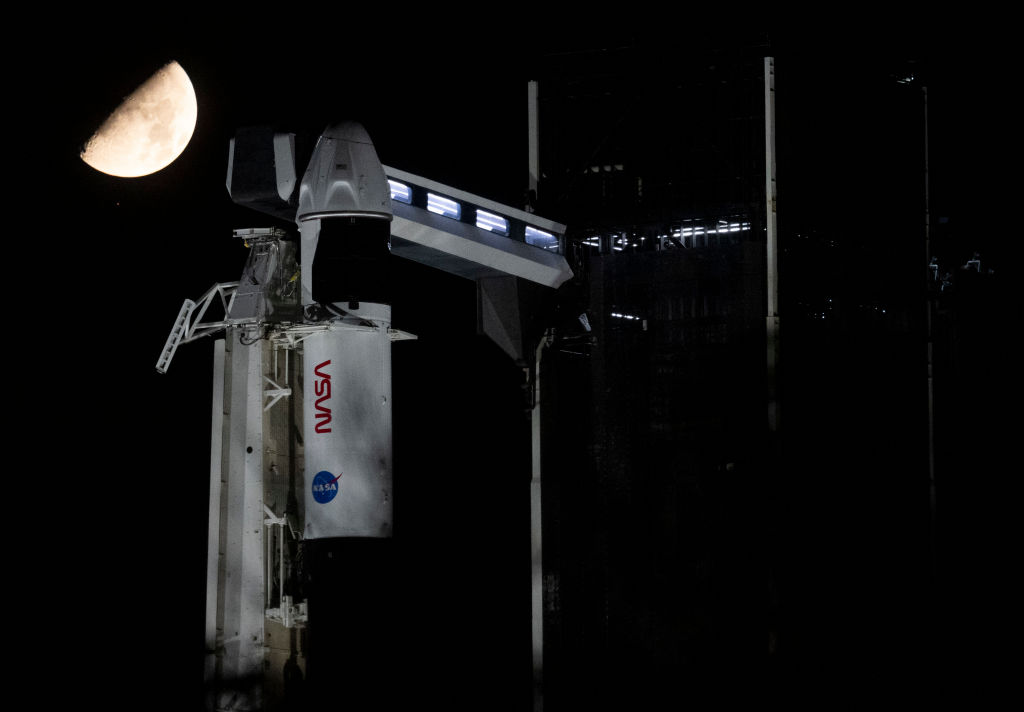It’s been hard to miss the excitement since the Energy Department announced that its Lawrence Livermore National Laboratory had produced a fusion reaction, which, for the first time, unleashed more power than it took to create.
Using an array of 192 lasers to superheat and compress hydrogen atoms to more than 180,000,000°F, scientists managed to release 3.15 megajoules of energy for every 2.05 megajoules their experiment required.
Sounds impressive. But what exactly do these developments mean, and, more importantly, what do they foretell? Many things, certainly, including a fight for the Moon.
For more than half a century, physicists have known that there are two ways to harness the power of the atom: fission and fusion. Fission, most dramatically represented by the A-bomb, releases energy by splitting atoms. Fusion, the technology behind the H-bomb, combines atoms in such a way that their residual energy is unleashed, replicating the very process by which the stars shine.
Harnessing fission for peaceful purposes has been going on since the first nuclear power plants were constructed in the 1950s. And contrary to the claims of many green activists, great strides have been made in protecting the public from radioactivity-related dangers. The advent of so-called “fast neutron reactors,” or FNRs, which feed on their own spent fuel, eliminates the problem of storing contaminated waste, and the parallel development of small modular reactors has produced exceptionally safe designs.
That said, fusion reactors clearly have the potential to provide the world with even greater benefits. Their current input — the same hydrogen found in a glass of water — is the most abundant element in the universe, and unlike some minerals used in electric car batteries and windmills, it cannot be hoarded by an unfriendly country. Fusion reactions generate neither radioactive waste nor CO2, shut down harmlessly in the event of a power plant accident, and release more than 20 million times more energy than burning fossil fuels.
The space demands of a fusion reactor are minuscule compared to what either of today’s green-favored technologies require. Phys.org has calculated that deploying a sufficient number of solar panels and wind turbines to meet America’s energy needs would take up a surface area of at least 590,000 square kilometers — or a land mass equal to the New England states, Illinois, Indiana and Ohio combined.
But the problems that need to be solved before a fusion reactor can go online are daunting. Take Lawrence Livermore’s own experiment, which claimed to release more energy from hydrogen atoms than what it took to heat them. At present, the laboratory’s array of 192 lasers is only 1 percent efficient, which means that it requires a hundred times more energy than it can actually bring to bear on targeted hydrogen fuel. As the research facility’s own director Kim Budil recently put it, “300 megajoules at the wall [socket], two megajoules at the laser.”
Once more, the two hydrogen isotopes currently combined to produce a fusion reaction, deuterium and tritium, would present challenges of their own in any commercial reactor. For, when combined under intense heat to unleash their latent energy, they also liberate neutron particles, which cannot be contained by an electromagnetic field.
And while not as dangerous to humans as radioactive waste from fission, many of these random neutrons would hit the reactor itself, making it weaker and radioactive over time. What this means, according to Utah State University senior research fellow Eli Dourado, is that “maintenance of deuterium-tritium reactors would be frequent and expensive.” In addition, there would be a sufficient number of confinement failures to require costly cleanups.
How long will it take to solve these and related problems? Scientists disagree. The old joke among fusion researchers is that practical reactors have been predicted for “twenty-five years from now” for the last seventy years.
Barely six months ago, many physicists were sufficiently skeptical that Lawrence Livermore’s lasers could ever liberate fusion energy from hydrogen that they called for the project to be shut down. Now, Andrew Holland, CEO of the Fusion Industry Association, says the lab’s successful experiment heralds “a safe and sustainable energy source in the near future.”
Lab director Budil herself still estimates decades, though not as many as she once did. “Not six decades, I don’t think. Not five decades, which is what we used to say. I think… a few decades of research on the underlying technologies could put us in a position to build a power plant.”
What we can expect to come much sooner is a big boost in both public and private funding for fusion research. “More than ten times as much money has been spent on fifteen-minute grocery delivery since 2020 than on fusion energy,” notes Morgan Stanley financial analyst Edward Stanley. That will change quickly now that the Biden administration has declared the commercialization of fusion a national goal.
Another immediate consequence of the recent fusion breakthrough will be greater support for efforts to ensure the reliability of American nuclear weapons without testing. Matthew Bunn, a nuclear expert at Harvard University, says given that “we are generating more fusion energy and the conditions are more like those at the heart of a thermonuclear bomb, that could give us even better confidence that our nuclear weapons are working without nuclear testing.”
But perhaps the most interesting and unexpected development will be an accelerated effort to establish permanent bases on the Moon, whose surface is literally saturated with a substance called helium-3. Radiated on light waves from the sun, helium-3 is a rare element on earth because it cannot penetrate our planet’s thick atmosphere. But the airless moon, as we have known ever since geologist-astronaut Harrison Schmidt landed there on the last Apollo mission in 1972, is a near perfect helium-3 reservoir.
What makes helium-3 so important is that its combination with deuterium would be far easier and more efficient than the current deuterium-tritium pairing and would release easily containable protons, not destructive neutrons. Once more, any electrical energy produced from helium-3 could be captured directly rather than by heating water to move turbines, as today’s nuclear power plants are designed to operate.
It is not a coincidence that the Chinese version of NASA is aggressively committed to establishing a mining colony on the Moon by 2030 or that its first successful moon lander, the 2020 Chang’e 5, returned samples of helium-3. The Japan Aerospace Exploration Agency (JAXA) has said it wants its own helium-3 processing facility on the Moon within the decade, and Russia’s S.P. Korolev Rocket and Science Corporation claims to have its own program to ship helium-3 back to earth.
NASA itself plans to send Artemis 2 and a crew of four astronauts around the Moon in 2024. If all goes well, Artemis 3 will land on the lunar surface a year or two later and take the first American steps toward establishing a permanent base. In the meantime, several private companies, including Colorado-based Lunar Outpost and Masten Space Systems of California, have signed contracts with NASA to mine the Moon robotically.
The recent experiment at Lawrence Livermore National Laboratory is an important step toward a clean and abundant energy future. The discovery could change not just our earth, but the Moon as well.











